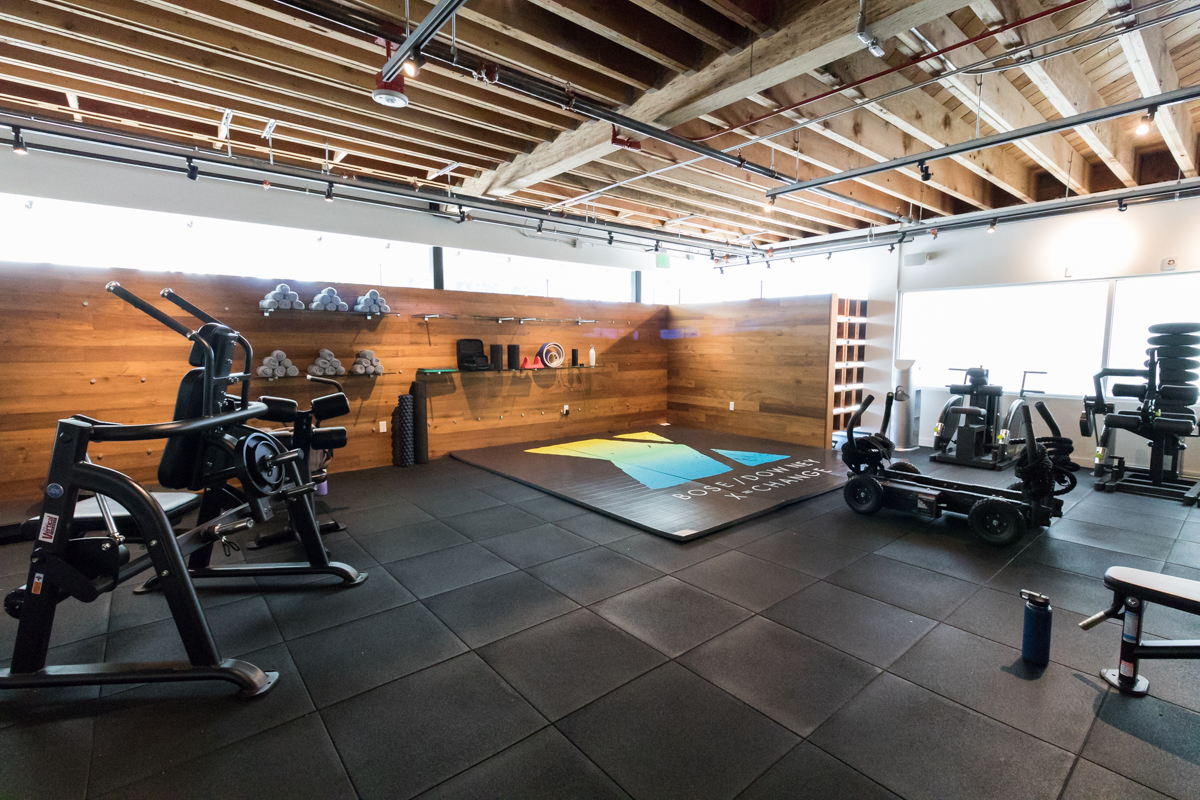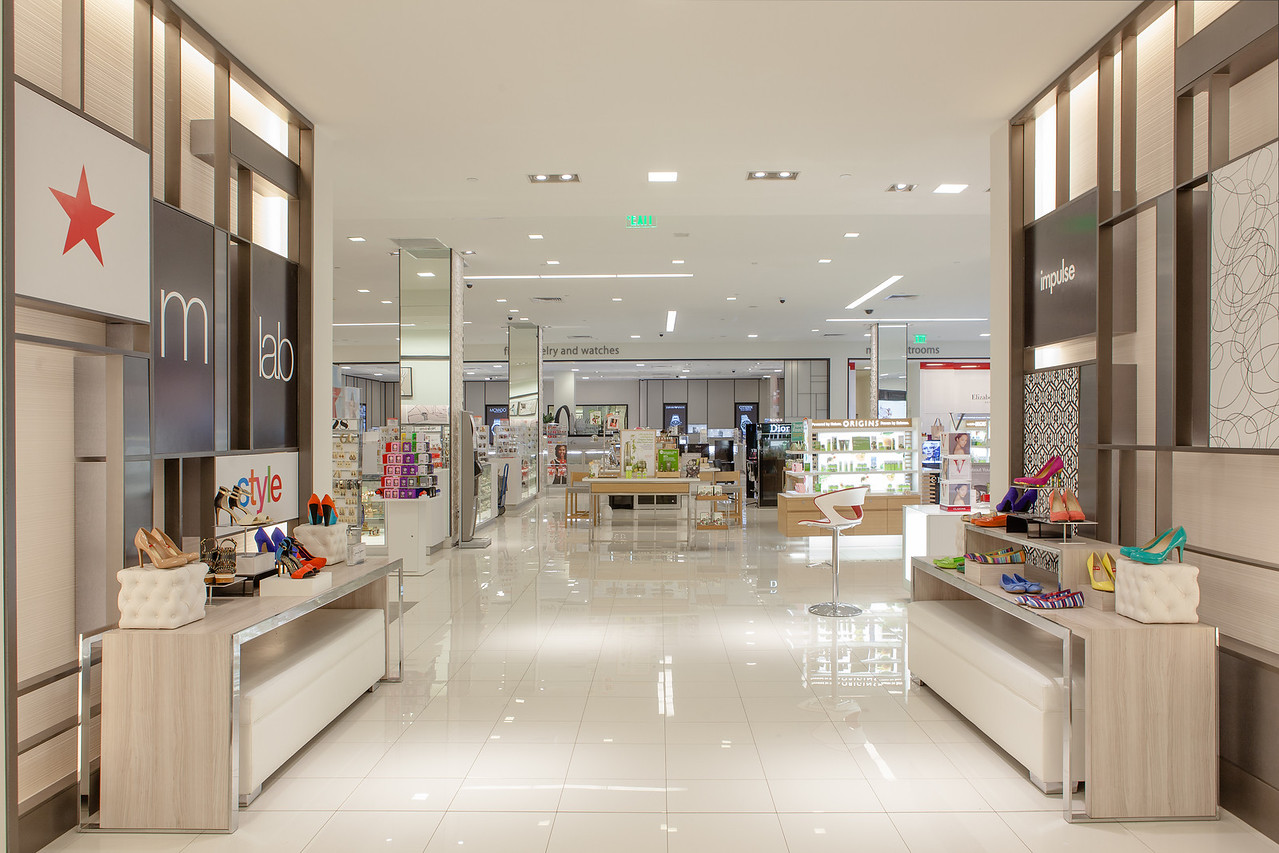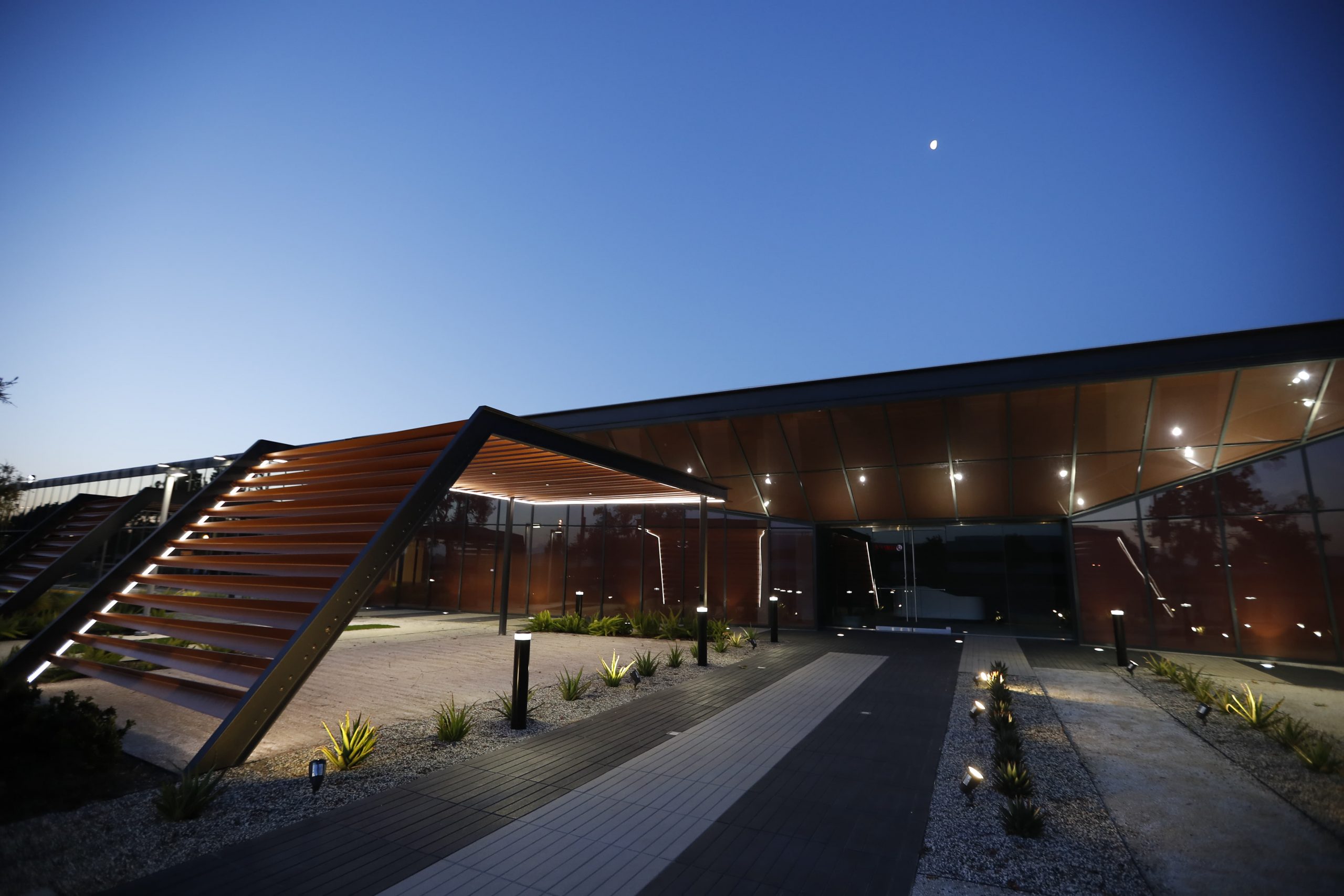Tenant Improvement Services
Tenant improvement services are crucial for creating an efficient and productive atmosphere that aligns with company values. At Alta Construction, our experienced tenant improvement contractors provide premier commercial tenant improvement solutions, managing the entire construction process to help you achieve your goals.
These tenant improvement services are designed to provide expedited delivery of a flawless finished product that’s built to your precise specifications. Our tenant improvement contractors will take your ideas and turn them into an attractive and functional workspace with a customized, start-to-finish solution.

The Benefits of Professional Tenant Improvement
Some of the best reasons to partner with licensed and experienced commercial tenant improvement contractors include:
- Experienced budgeting and planning. Our tenant improvement contractors will take your project design and create a realistic budget, helping you make the most with the allotted amount. We’ll also develop a realistic schedule, take care of permitting, source the labor and handle logistics.
- Faster project delivery. With our tenant improvement services, you’ll get a dedicated project manager supervising the work and ensuring everything stays on schedule. You’ll also get quality assurance, helping you avoid additional costs and potential project setbacks due to repairs.
- Simplified project management. Hiring our firm to manage your professional tenant improvement will provide you with one partner for the entire process. We offer full-service solutions, including preconstruction and construction services, to guide your project from design through completion.

What Are the Most Common Tenant Improvements?
In most cases, commercial spaces require some tenant improvement construction before they are move-in ready. Most new tenants often require modifications to accommodate their unique needs. However, tenant improvements for office spaces vary as requirements change depending on your needs and how the space looks right now.
Some of the more common tenant improvement projects for commercial units include:
- Moving or adding new walls.
- Adding or removing windows.
- Installing decorative elements.
- Installing new carpet or tile.
- Painting the walls, ceiling and moldings.
- Removing and installing ceiling tiles.
- Performing plumbing and electrical work.
- Adding shelves and other built-in fixtures.
Modifications that change the building’s exterior or impact other tenants are generally not included. Our team will provide the clarity necessary to deliver a satisfactory product that stays within the lease agreement’s bounds and building codes.
Why Choose Alta Construction For Commercial Tenant Improvement?
At Alta Construction, we are a licensed general tenant improvement contractor. Our firm operates in different states across the country, with offices in New York and California. We’re also a certified Minority Business Enterprise (MBE). Working with us means adding a diverse group of professionals to your tenant improvement project. We’ll manage everything with the same commitment as a stakeholder and with total transparency.
We also maintain peak productivity, efficiency and transparency by using the industry’s latest preconstruction and project management software, including Raken, Bluebeam, Procore and BuildingConnected. You can keep an eye on project progress, track expenses, get updates, send approvals and communicate any questions or changes to your project manager.
Connect With an Expert
Talk to our team about scheduling tenant improvements in California, Washington, Texas or another one of the many states we serve. Use Alta as your tenant improvement contractors and get started by using our contact form.
Frequently Asked Questions About Tenant Improvement Services
Allowing tenant improvements can make a building more attractive to current or potential tenants. Understanding what’s involved and how tenant improvements work is key when rental property owners decide to offer the option.
What Does the Commercial Tenant Improvement Construction Process Look Like?
Tenant improvement projects change a building so it better suits a rental tenant’s needs. What the construction process entails depends significantly on the needs of the tenant. Some modifications are simple, such as painting the walls or changing the flooring. Others are more complex. Generally, significant changes may be more complicated to arrange. Some tasks may need to be completed while the building is unoccupied, such as installing new walls or upgrading the electrical work.
While the improvements benefit the tenants, it’s often the landlord who is responsible for the tenant improvement construction process. Once the property owner and their tenant have agreed to the modifications, they’ll need to contact the contractor and start the design, permitting and building process.
Can a Commercial Tenant Remove Improvements?
Can a tenant remove improvements? Once the improvements are in place, they are usually the property of the building owner, not the tenants. This distinction ensures commercial tenants can’t remove the improvements or take added fixtures with them when they move out. One exception to this general rule would be any fixture that the tenant paid for on their own, such as the cost of installing shelving, if they didn’t receive an allowance from the building owner.
Include the details about the improvements in the lease to ensure the building owner and tenants are on the same page regarding what each party owns.
What Is the Difference Between Residential and Commercial Tenant Improvement?
Tenant improvements typically only apply to commercial buildings. Renters living in residential buildings may be allowed to make improvements to the property, such as painting the walls or changing the flooring. It’s uncommon for residential landlords to alter an apartment or house to meet a tenant’s specific needs, though. Generally, residential rental property owners will opt to make improvements to boost the home’s value, making it more profitable in the future.
A landlord and residential tenant may come to agreement about improvements made to the property before they sign the lease. The tenant may offer to take on the improvements themselves, with the understanding that they become part of the property or that they must change any modifications made back at the end of the lease.

